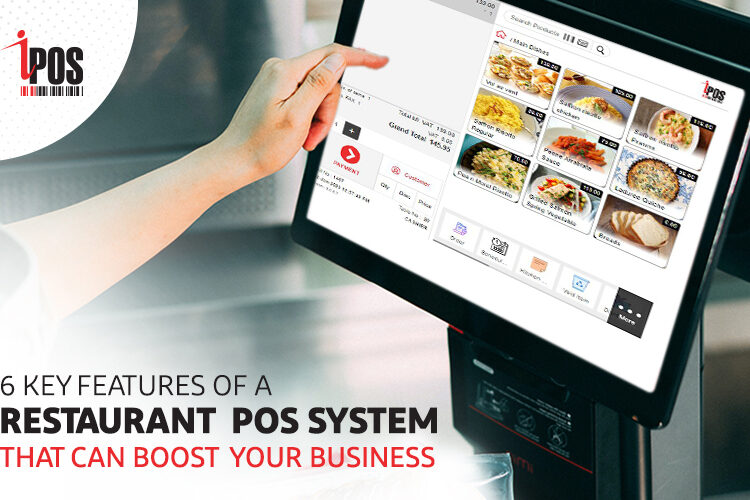As a restaurant owner, it is your responsibility to ensure that your establishment maintains high standards of cleanliness and food safety. One way to measure this is through health scores, also known as health inspection grades or ratings.
Toc
- 1. Introduction to Restaurant Health Scores
- 2. Understanding Restaurant Health Scores
- 3. Related articles 01:
- 4. Common Violations and Their Impact
- 5. Strategies for Maintaining High Health Scores
- 6. Accessing and Understanding Health Scores
- 7. Related articles 02:
- 8. Step to Step Guide to Improving Your Health Score
- 9. Conclusion
Health scores are typically given by local health departments after conducting routine inspections of restaurants. These scores can range from A (the highest) to C or even lower, depending on the severity of violations found during the inspection.
Introduction to Restaurant Health Scores

Restaurant health scores are more than just numbers; they are a testament to your commitment to public safety and customer trust. In an industry where reputation is everything, maintaining high health scores can significantly impact your business’s success. This guide will provide an in-depth look at the importance of health scores, common violations, strategies for maintaining high standards, and how to understand and access these scores.
What is Restaurant Health Scores?
Restaurant health scores are a numerical representation of a restaurant’s compliance with food safety standards set by local health departments. These inspections assess various aspects of the establishment, including cleanliness, food handling practices, and overall sanitation. The goal is to prevent potential hazards that could cause illnesses or harm to customers.
The scores are based on a point system, where points are deducted for each violation found during the inspection. The lower the score, the more violations were found during the inspection. Some common violations include improper food storage, inadequate handwashing facilities, and evidence of pests.
Why Do Health Scores Matter?
Health scores are important for several reasons:
- Public perception: Customers often look at health scores before deciding whether or not to dine at a particular restaurant. A low score may raise concerns about the cleanliness and safety of the establishment. On the other hand, a high score can improve the restaurant’s reputation and attract more customers.
- Legal requirements: In many regions, restaurants are required to display their health scores visibly. Failure to do so may result in fines or even closure of the establishment.
- Food safety concerns: Health scores reflect how well a restaurant follows food safety protocols. A low score can indicate potential hazards that could cause illness to customers, while a high score reflects proper handling and preparation of food.
Understanding Restaurant Health Scores
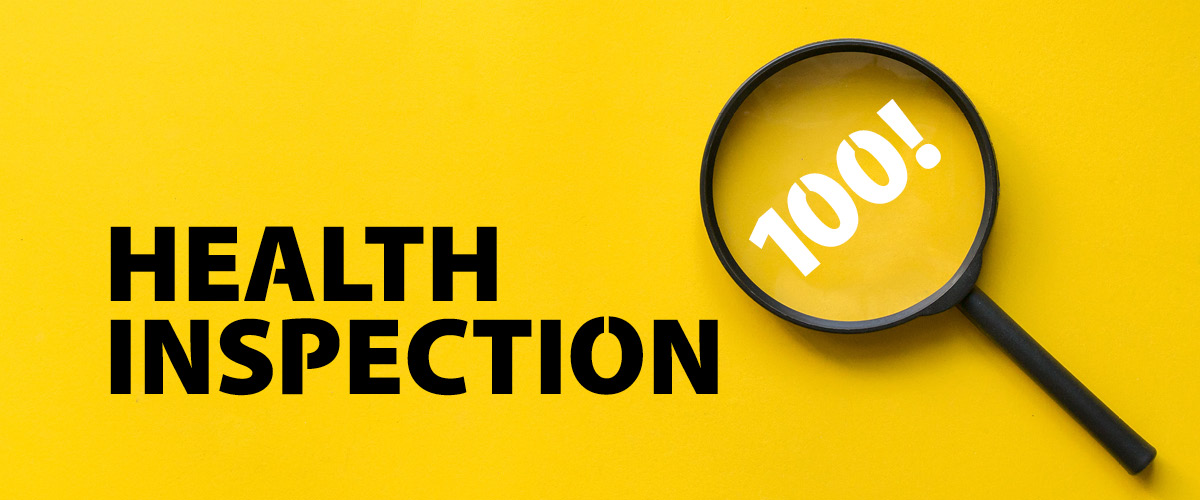
Health inspections are essential to ensure that restaurants adhere to food safety regulations. These inspections are usually conducted by local health department officials who assess various criteria, including food storage, sanitation, and employee hygiene. The grading system varies by region but generally ranges from ‘A’ (excellent) to ‘C’ or lower (poor). Each grade represents the overall safety and cleanliness of your establishment.
How Inspections Are Conducted
Inspectors typically visit without prior notice, conducting a thorough review of all food handling and storage areas, kitchens, and dining spaces. They evaluate:
- Food storage and preparation
- Employee hygiene practices
- Sanitation procedures
- Pest control measures
- Overall cleanliness of the establishment
Inspectors may also take food samples to determine if proper cooking and preparation methods are being followed. They may also check for any signs of cross-contamination or potential health hazards.
Accessing Health Scores
Most local health departments have a website where you can access restaurant health scores. You can also request this information in person at the department office or through phone/email. Some regions may require restaurants to post their grades visibly, such as in a window or near the entrance.
1. https://sheetzmenu.xyz/mmoga-the-ultimate-guide-to-restaurant-furniture-for-restaurant-owners/
2. https://sheetzmenu.xyz/mmoga-navigating-the-path-to-sustainable-restaurant-profit-margins/
3. https://sheetzmenu.xyz/mmoga-choosing-the-perfect-restaurant-pos-a-comprehensive-guide/
It is essential to regularly check your restaurant’s health score and address any violations promptly to maintain high standards and avoid potential penalties.
Grading System
- A: Excellent compliance with health regulations
- B: Satisfactory but with minor issues that need correction
- C or below: Significant violations that require immediate attention and re-inspection
It is crucial to work towards maintaining an ‘A’ grade, as it reflects a strong commitment to food safety and cleanliness.
Common Violations and Their Impact
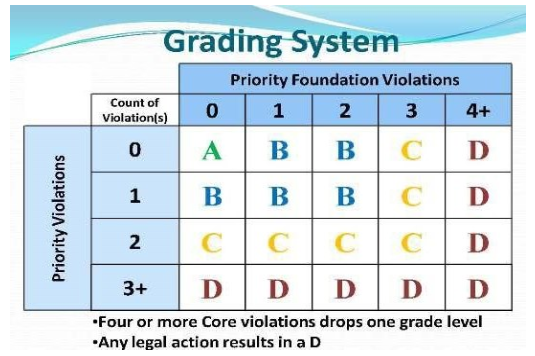
Understanding the common violations that lead to low health scores is crucial for prevention. These violations can range from improper food storage to inadequate handwashing facilities and pest infestations.
Common Violations
- Improper Food Storage: Storing food at incorrect temperatures can lead to contamination, as harmful bacteria thrive in the “danger zone” of temperatures between 40°F and 140°F. It’s crucial to regularly check and maintain proper refrigeration and heating practices to ensure food safety.
- Lack of Handwashing: Employees not following handwashing protocols can spread germs and pathogens. Regular and thorough handwashing, especially after handling raw food or using the restroom, is vital in preventing foodborne illnesses and maintaining a safe kitchen environment.
- Presence of Pests: Rodents or insects in the kitchen can lead to immediate closure due to health violations. Keeping a clean kitchen, sealing entry points, and conducting regular pest control inspections are essential steps in preventing infestations.
- Dirty Surfaces and Equipment: Improper cleaning can lead to cross-contamination between raw and cooked foods, increasing the risk of foodborne illnesses. Establishing a strict cleaning schedule for all surfaces and equipment is important for maintaining hygiene and safety.
Impact of Low Health Scores
Low health scores can have a severe impact on your restaurant, leading to a variety of negative consequences, including:
- Negative Public Perception and Loss of Customers: A low health score can deter potential customers who prioritize dining in establishments with good hygiene practices. Online reviews and social media can amplify negative feedback, affecting your restaurant’s reputation.
- Risk of Fines or Closure by Local Health Departments: Health departments may impose fines or even temporarily shut down your restaurant if violations are severe or recurring. This not only affects your bottom line but can also lead to costly repairs and re-inspections.
- Potential Harm to Customers’ Health Due to Food Safety Hazards: Failing to uphold health standards can put your customers at risk for foodborne illnesses, which can have serious health implications. This not only endangers your patrons but can also lead to legal repercussions and damage to your restaurant’s credibility.
Strategies for Maintaining High Health Scores
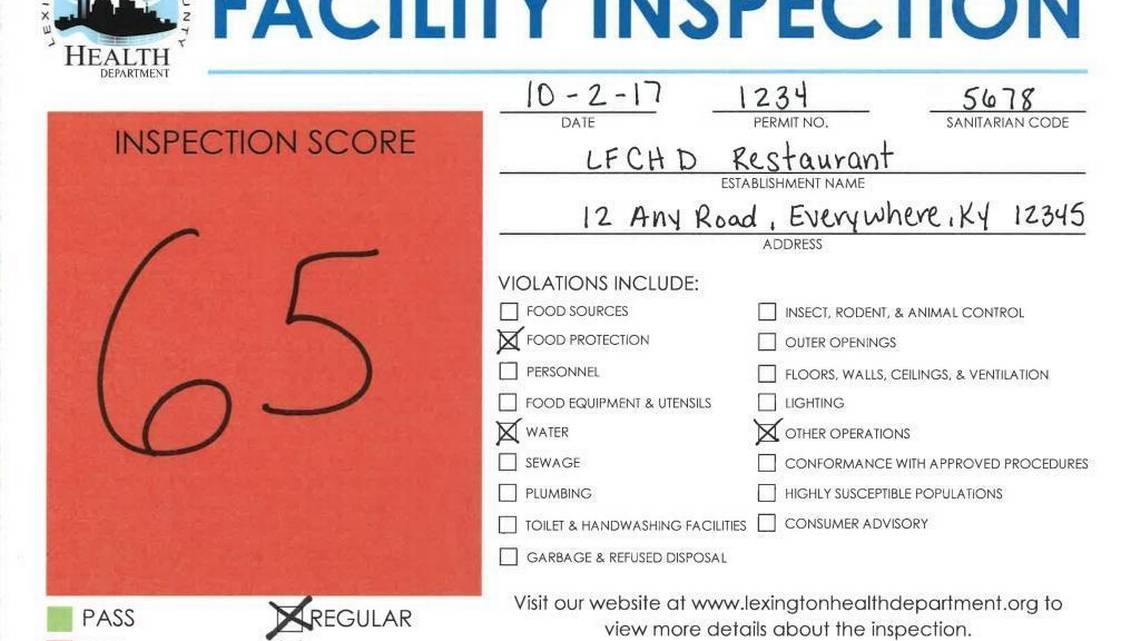
Maintaining high health scores requires a proactive approach and commitment to best practices in food safety and sanitation.
Regular Staff Training
Investing in comprehensive training for your staff is paramount for ensuring adherence to health and safety standards. All employees should understand the importance of food safety protocols, proper hygiene practices, and the implications of health inspections. Regular training sessions can help reinforce these standards, providing staff with the knowledge and skills necessary to maintain cleanliness and prevent violations. Encourage a culture of accountability where employees feel responsible for upholding food safety practices and are empowered to report any concerns or issues.
Implementing Checklists and Protocols
Establishing detailed checklists for daily, weekly, and monthly sanitation tasks can significantly aid in maintaining high health scores. These checklists should cover all critical areas, including cleaning schedules for food preparation surfaces, equipment maintenance, and proper food storage protocols. By making these checklists visible and accessible to staff, you can create a structured approach to hygiene that promotes consistency and accountability.
Conducting Self-Inspections
Performing regular self-inspections can help identify potential problems before official health inspections take place. Designate a team leader or manager to carry out these inspections using the same criteria that health department inspectors apply. Documenting findings and addressing any deficiencies proactively will not only enhance your score but also foster a culture of continuous improvement within your establishment.
Engaging with Health Inspectors
Building a professional relationship with local health inspectors can be beneficial for your restaurant. Engage them proactively; ask questions about health scores, gain insights into common violations, and seek their advice on best practices. This openness can help you stay informed about the latest regulations and expectations, ultimately improving your health score and fostering a compliant atmosphere.
Accessing and Understanding Health Scores

Knowing how to access and interpret your health scores is essential for continuous improvement.
1. https://sheetzmenu.xyz/mmoga-the-ultimate-guide-to-restaurant-furniture-for-restaurant-owners/
2. https://sheetzmenu.xyz/mmoga-choosing-the-perfect-restaurant-pos-a-comprehensive-guide/
3. https://sheetzmenu.xyz/mmoga-navigating-the-path-to-sustainable-restaurant-profit-margins/
How to Access Health Scores
Accessing your restaurant’s health scores typically involves checking the local health department’s website or contacting them directly. Many health departments provide online access to inspection reports, which include detailed scores and violations from recent inspections. Additionally, some jurisdictions may require restaurants to display their health scores prominently on their premises, allowing customers to view them easily. To ensure you’re always informed, consider subscribing to email notifications from your local health authority for updates on regulations and inspection reports.
Understanding Health Scores
Interpreting your health score is crucial for identifying areas that require improvement. Each score usually corresponds to specific criteria, highlighting compliance with health regulations. Familiarizing yourself with the scoring system used by your health department can help you understand what factors contribute most significantly to your rating. For example, knowing how points are deducted for various violations allows you to prioritize which issues to address first. Regularly reviewing inspection reports will enable you to monitor trends, understand recurring issues, and develop strategies for improvement, ensuring your restaurant not only maintains a high health score but also upholds food safety standards that protect your customers and your business.
Step to Step Guide to Improving Your Health Score
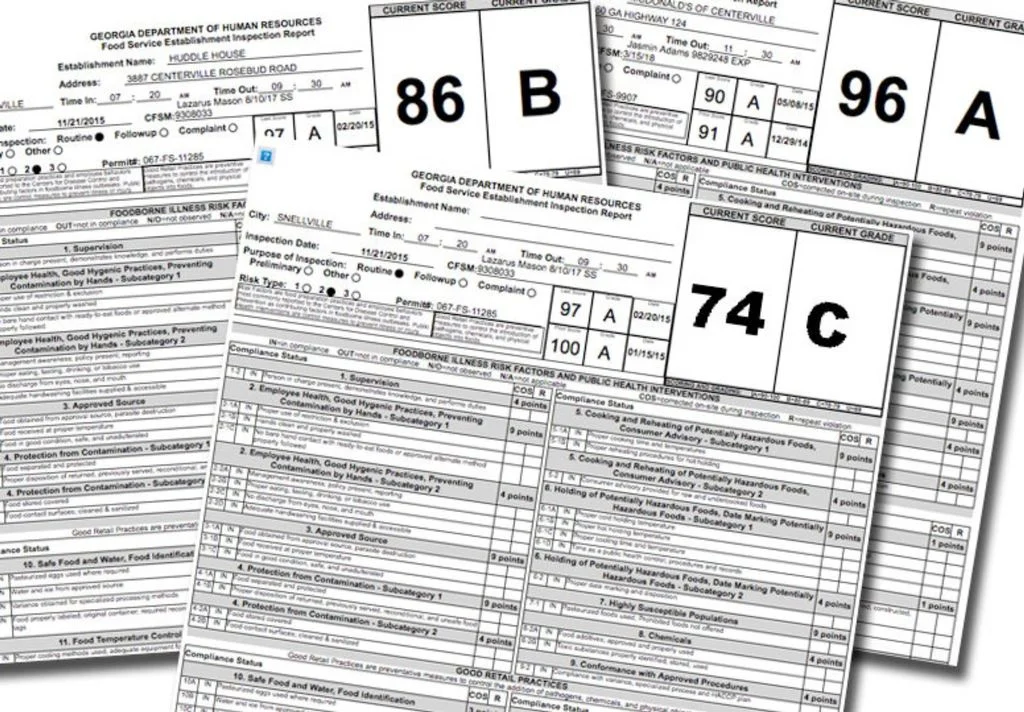
Improving your health score requires a systematic approach that encompasses various aspects of food safety and hygiene. Here’s a step-by-step guide to help you enhance your restaurant’s health score effectively:
Assess Current Practices
Start by conducting a thorough evaluation of your current food safety and sanitation practices. This assessment should include a review of your existing cleaning schedules, staff training records, and compliance with health regulations. Engage your team in this process to gather insights on daily operations and identify any gaps in knowledge or practice. Document any observations and points of concern as this will serve as a baseline for implementing improvements.
Identify Areas for Improvement
After assessing current practices, compile a list of areas that require attention. This may include outdated cleaning protocols, infrequent staff training sessions, or equipment that needs maintenance. Prioritize these concerns based on their potential impact on your health score and customer safety. Setting clear objectives for each identified area will provide focus and direction as you work toward enhancement.
Develop an Action Plan
Create a detailed action plan outlining specific steps to address the identified areas for improvement. Assign responsibilities to key staff members or teams and set realistic timelines for implementation. Include both short-term strategies, such as increasing the frequency of cleaning, and long-term goals, such as developing comprehensive training programs for your employees. Regularly review the progress of your action plan to ensure accountability and make adjustments as necessary.
Monitor Progress
To ensure that your improvements are having a positive impact on your health score, establish a monitoring system. This could involve tracking the performance of daily sanitation checklists, conducting regular self-inspections, and soliciting feedback from health inspectors after maintaining open lines of communication with them. Collecting and analysing this data will provide valuable insights on whether your efforts are yielding the desired results and help sustain a culture of continuous improvement.
Conclusion

Maintaining high health scores is essential for the success and reputation of your restaurant. It requires consistent effort, training, and adherence to best practices in food safety and sanitation. Proactive measures like regular staff training, implementing checklists and protocols, conducting self-inspections, and engaging with health inspectors can help ensure your establishment remains compliant with regulations. Understanding how to access and interpret your health score is also crucial for continuous improvement. By prioritizing hygiene and food safety, you not only protect your customers but also safeguard the livelihood of your business.
Learn more about food safety here Learn more about health inspections here Find your local health department here. Overall, by taking proactive steps to maintain high health scores, you not only ensure the safety of your customers but also protect your business from potential harm and enhance its overall credibility. Make food safety a top priority in your establishment to promote a healthy and successful dining experience for all.



